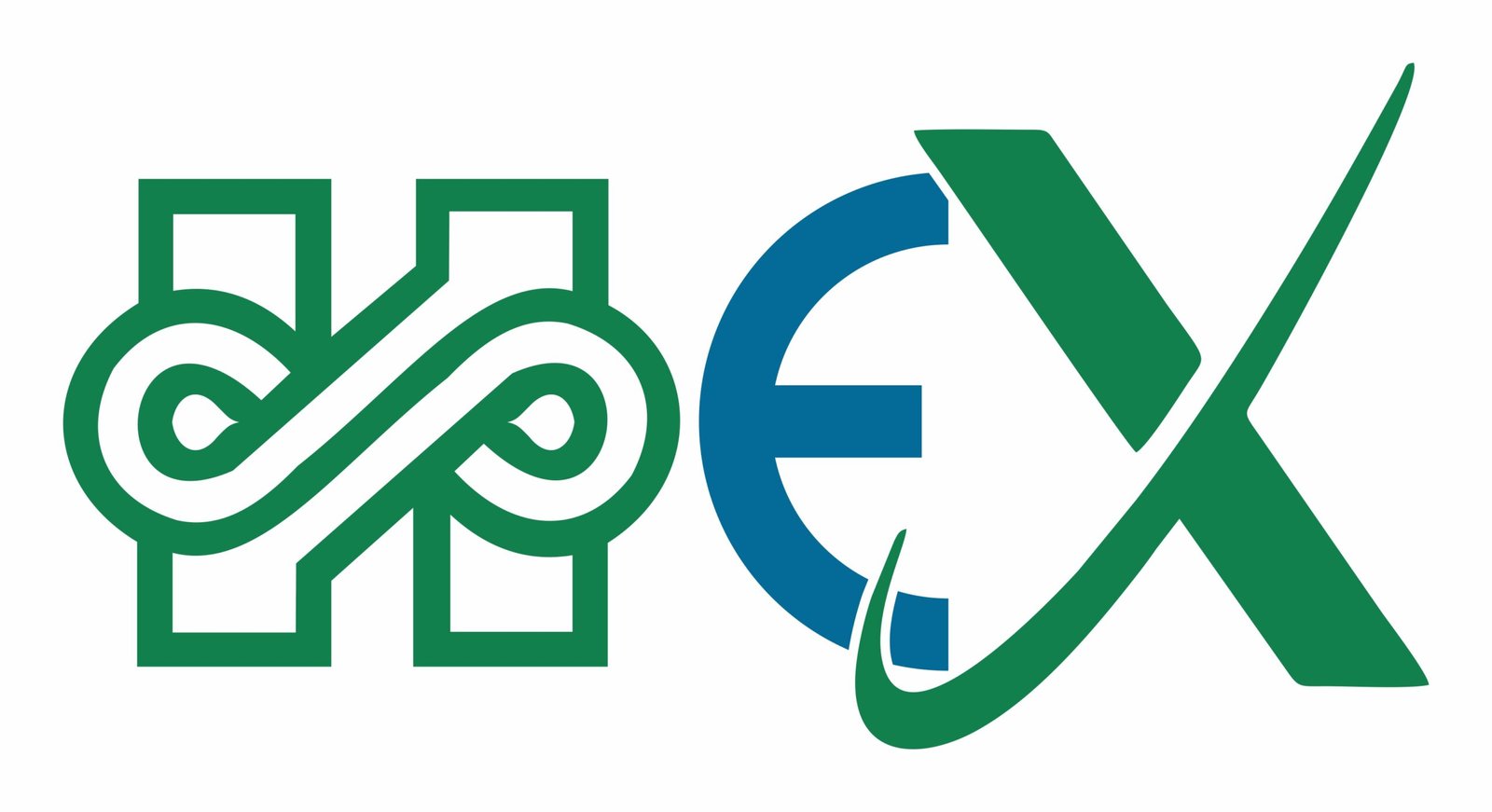Subtotal د.إ0.00
Commodity trading is inherently volatile due to fluctuating prices, geopolitical tensions, supply chain disruptions, and changing demand patterns. Effective risk management is crucial for traders, investors, and businesses to protect their investments and maximize profits. Here are some best practices in risk management for commodity trading.
1. Understanding Market Risks
Market risk arises from price volatility, supply-demand imbalances, and macroeconomic factors. Traders must analyze price movements, historical trends, and market reports to anticipate potential risks. Using technical and fundamental analysis can help in making informed trading decisions.
2. Diversification
Diversification helps spread risk by investing in multiple commodities rather than relying on a single market. For example, a trader dealing in agricultural commodities may also invest in metals or energy to balance risks associated with weather conditions or geopolitical issues.
3. Hedging Strategies
Hedging is a key risk management technique in commodity trading. It involves using derivatives like futures and options to mitigate price volatility. For instance, a farmer can hedge against price drops by locking in a future selling price, while an airline can hedge against rising fuel costs through forward contracts.
4. Utilizing Stop-Loss Orders
Stop-loss orders help limit potential losses by automatically selling an asset when its price falls below a predefined level. This prevents traders from holding onto losing positions for too long and ensures capital preservation.
5. Managing Credit and Counterparty Risks
Counterparty risk is the possibility of the other party defaulting on their contractual obligations. Traders should conduct due diligence on counterparties, use letters of credit, and engage with reputable exchanges to minimize this risk.
6. Monitoring and Adapting to Market Trends
Commodity markets are influenced by global economic conditions, trade policies, and environmental factors. Traders must stay updated with industry news, monitor economic indicators, and adjust strategies accordingly to navigate potential disruptions.
7. Leveraging Technology and Data Analytics
Advanced analytics, AI-driven models, and real-time market data can improve decision-making and risk assessment. Trading platforms and risk management software provide insights into price trends, predictive modeling, and automated risk alerts.
8. Regulatory Compliance and Governance
Understanding regulatory frameworks is crucial for risk management. Traders must comply with industry regulations, anti-money laundering laws, and market conduct standards to avoid legal repercussions and financial penalties.
9. Developing a Risk Management Plan
A well-structured risk management plan should include:
- Defined risk tolerance levels
- Contingency strategies for adverse market movements
- Periodic reviews and stress testing of trading strategies
- Clear policies for margin calls and liquidity management
10. Continuous Learning and Adaptation
Commodity markets evolve due to technological advancements, geopolitical shifts, and changing consumer demands. Traders should continuously learn, attend industry seminars, and refine their strategies to stay ahead in the market.
Conclusion
Risk management in commodity trading is a dynamic process that requires strategic planning, technological tools, and informed decision-making. By implementing best practices like hedging, diversification, and regulatory compliance, traders can mitigate risks and enhance profitability in volatile markets.






